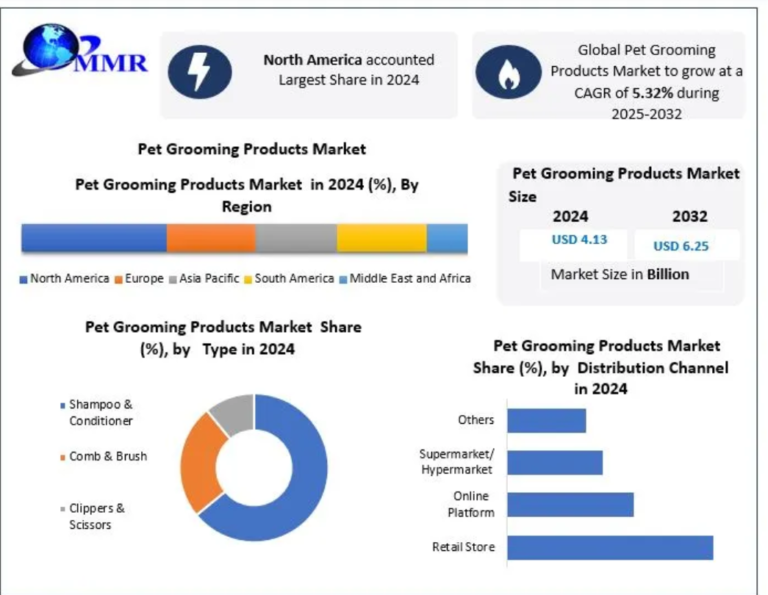Creating a successful mobile app involves much more than writing code. It’s a structured, multi-phase process that ensures the app delivers value to users while aligning with business goals. Understanding the mobile app development lifecycle—from the initial idea to launching the product—helps stakeholders stay aligned and reduces the chances of costly missteps. Here’s a detailed breakdown of each stage of the lifecycle and what it involves.
Laying the Groundwork with Strategy and Planning
Before diving into design or development, every successful app starts with a well-defined strategy. This phase involves identifying the target audience, market research, competitor analysis, defining the app’s core functionality, and setting measurable goals. Teams also make key decisions regarding platforms (iOS, Android, or both), monetization models, and the required tech stack. Strategic clarity here sets the direction for the rest of the project.
Designing the User Experience and Interface
Once the plan is solid, designers begin crafting the user experience (UX) and user interface (UI). Wireframes are created to map out the app’s structure and navigation. These wireframes are then turned into detailed mockups with branding, colors, typography, and interactive elements. Design isn’t just about aesthetics—it’s about making the app intuitive, accessible, and engaging for users from the first tap.
Developing the App with Frontend and Backend Work
The development phase brings the app to life. Frontend developers build the part of the app users interact with, using languages like Swift for iOS, Kotlin for Android, or cross-platform tools like Flutter or React Native. Simultaneously, backend developers create the server-side logic, database structures, APIs, and user authentication systems. Clear coordination between frontend and backend teams ensures seamless functionality and performance.
Testing the App for Quality, Performance, and Bugs
Quality assurance (QA) is a critical step in the mobile app development lifecycle. Thorough testing is conducted on real devices and emulators to detect issues in functionality, design consistency, responsiveness, and performance. This includes unit testing, integration testing, UI/UX testing, and security checks. The goal is to identify and resolve bugs early, ensuring the app runs smoothly across various devices and platforms.
Preparing for Launch with Deployment and Store Readiness
Once the app passes all tests, it’s ready for deployment. This involves configuring the app for release, generating production builds, and submitting it to the Apple App Store and/or Google Play Store. During submission, developers must meet specific guidelines set by each platform, including metadata, app screenshots, descriptions, privacy policies, and versioning. This stage may also involve app store optimization (ASO) to improve visibility.
Post-Launch Monitoring and Iteration
Deployment is not the end—it’s the beginning of real user interaction. After launch, teams monitor app analytics, performance metrics, user feedback, and crash reports. Based on insights gathered, regular updates are rolled out to fix issues, introduce new features, and enhance user experience. Continuous iteration ensures the app evolves with user needs and market trends.
Final Thoughts
The mobile app development lifecycle is a collaborative journey that blends creativity, logic, and user understanding. Each stage—from design to deployment—is essential to building a product that performs well, scales effectively, and delights its users. Businesses that approach app development with a clear lifecycle framework are better positioned to create impactful and sustainable mobile experiences.





